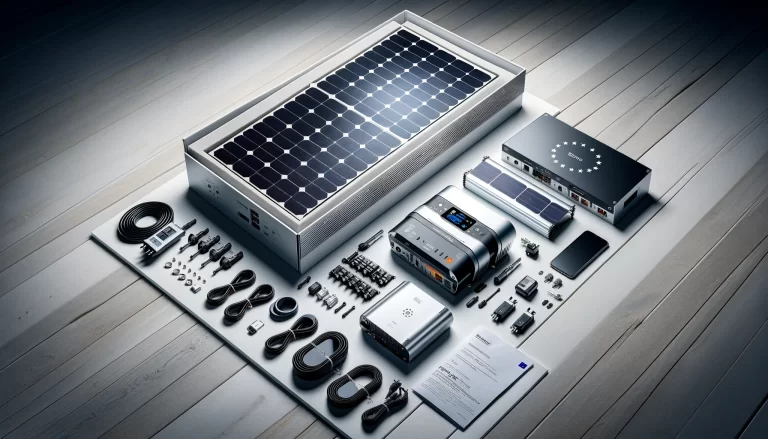
Curious about what’s really inside an all-in-one solar kit? Whether you’re a first-time DIY solar user or a professional B2B distributor, understanding each component inside the box is key. This detailed guide walks you through the essential parts of a European-standard plug-and-play solar kit — from lithium batteries and MPPT controllers to inverters and wiring harnesses — helping you make smarter choices in 2025 and beyond.
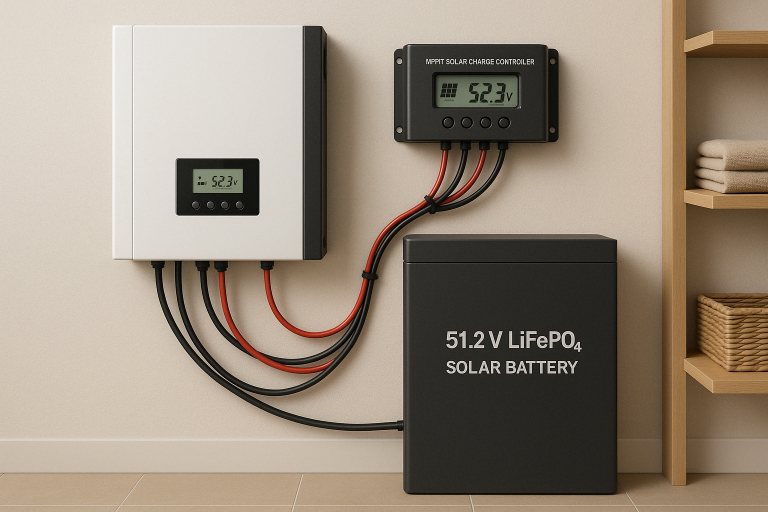
Learn why 51.2V LiFePO₄ batteries are becoming the preferred standard for home solar systems. Discover their safety, efficiency, compatibility, and long-term benefits for European users.

MPPT controllers are critical for optimizing your solar system. Discover the top 5 features to look for in a high-quality MPPT charge controller and how it impacts efficiency, battery life, and overall system performance.
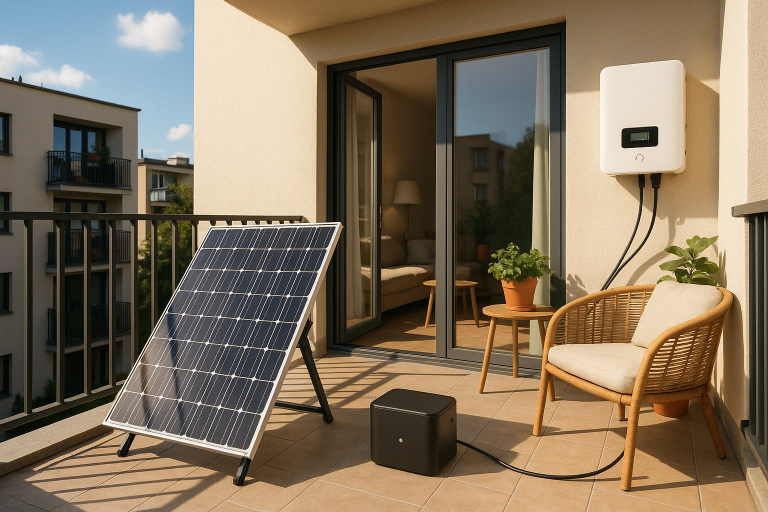
Discover how plug-and-play solar systems are transforming the DIY solar market across Europe. Learn about their benefits, limitations, legal status, and top applications for apartments, renters, and B2B markets.
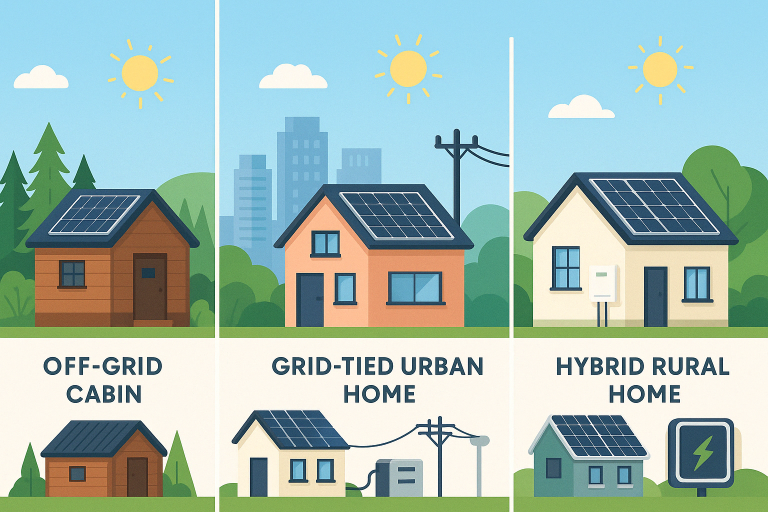
Confused about off-grid, on-grid, or hybrid solar setups? This in-depth 2025 guide explains the key differences, pros and cons, and helps you choose the best solar system for your home or business in Europe.
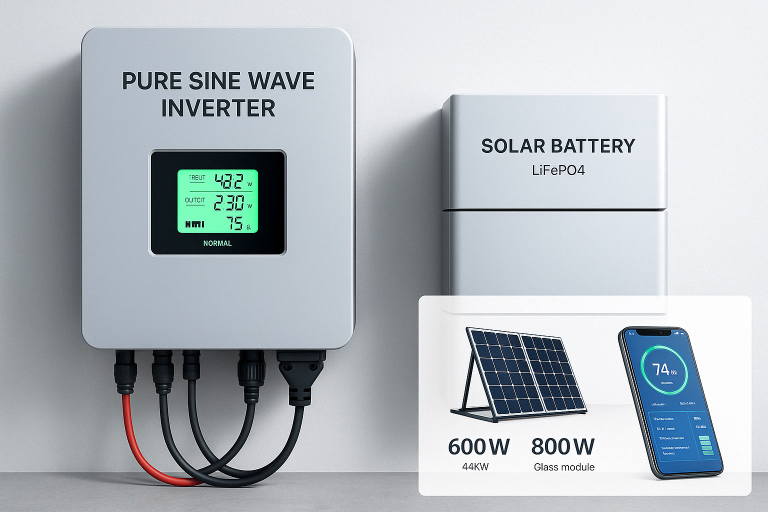
Pure sine wave inverters are essential for running modern appliances on solar power safely and efficiently. This guide explains what they are, how they work, and why they’re a critical component in any serious solar setup.
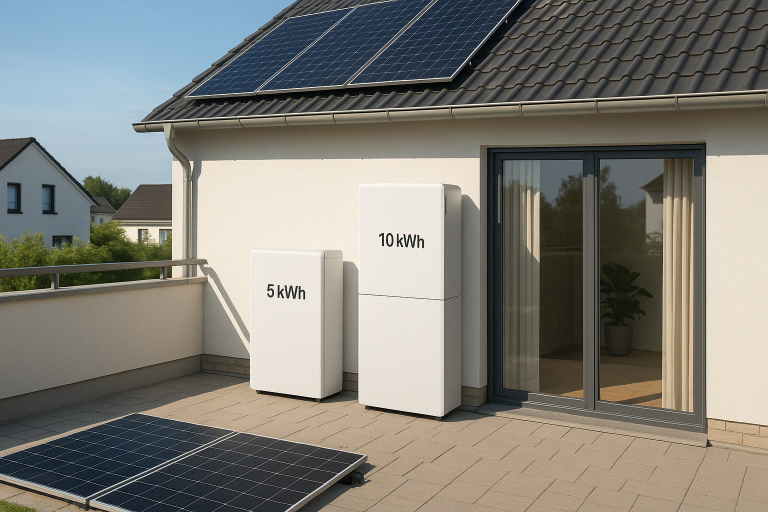
Struggling to choose between a 5kWh or 10kWh solar battery system? In this in-depth guide, we explain how to match battery capacity to household size, usage habits, budget, and backup needs — with real European examples and solar ROI insights.
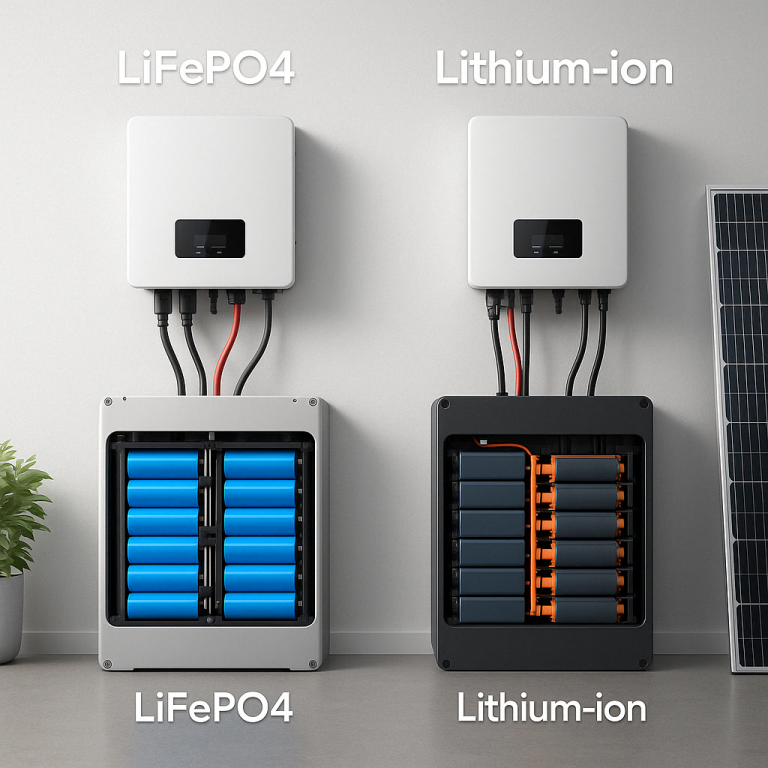
LiFePO4 batteries are becoming the preferred choice for solar energy storage, but how do they compare to traditional lithium-ion batteries? In this in-depth guide, we compare both technologies in terms of safety, lifespan, performance, cost, and environmental impact to help you make the right choice for your solar system.
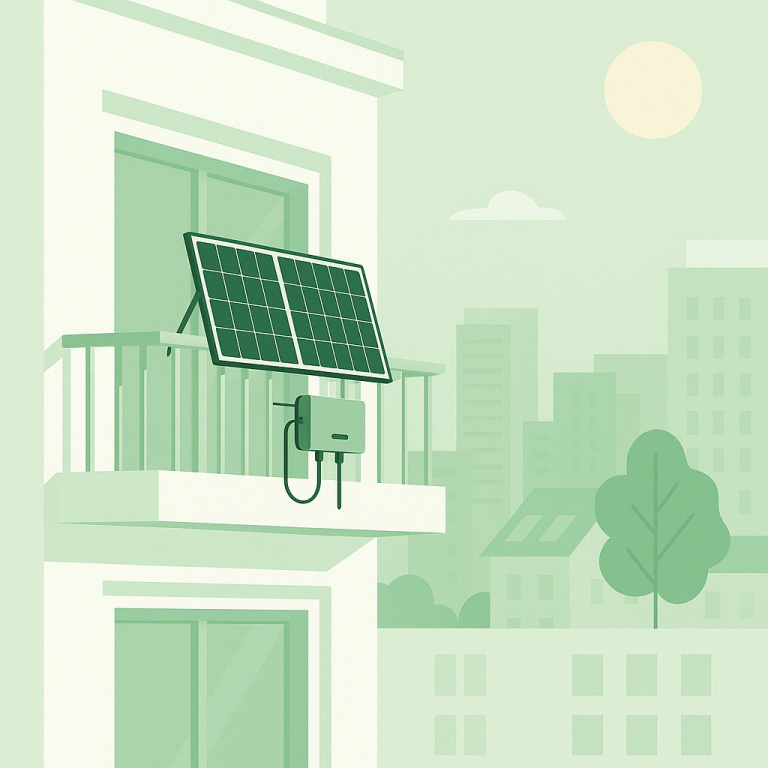
Introduction——
In the evolving landscape of urban energy, one innovation is quietly transforming rooftops, balconies, and city skylines: **balcony solar systems**. As cities continue to grow denser and electricity demands climb, the need for decentralized, clean, and accessible energy has never been greater. Balcony solar solutions, once considered niche, are now becoming a **mainstream urban energy trend**, especially across Europe and parts of Asia.
For **apartment residents, small business owners, and urban developers**, balcony solar systems represent a unique convergence of energy independence, sustainability, and cost-efficiency. They are plug-and-play, modular, and tailor-made for the vertical living that defines most modern cities.

Introduction——
As more balcony solar kits integrate energy storage, choosing the **right battery technology** becomes critical. While both **LiFePO4 (Lithium Iron Phosphate)** and **Lithium-ion (NMC/NCA)** batteries are popular, each has trade-offs in **safety, lifespan, cost, and performance**.
For B2B buyers designing hybrid or off-grid balcony systems, understanding the differences helps ensure product success, customer safety, and long-term ROI.
Let’s compare the two leading battery types and recommend best use cases for each.










